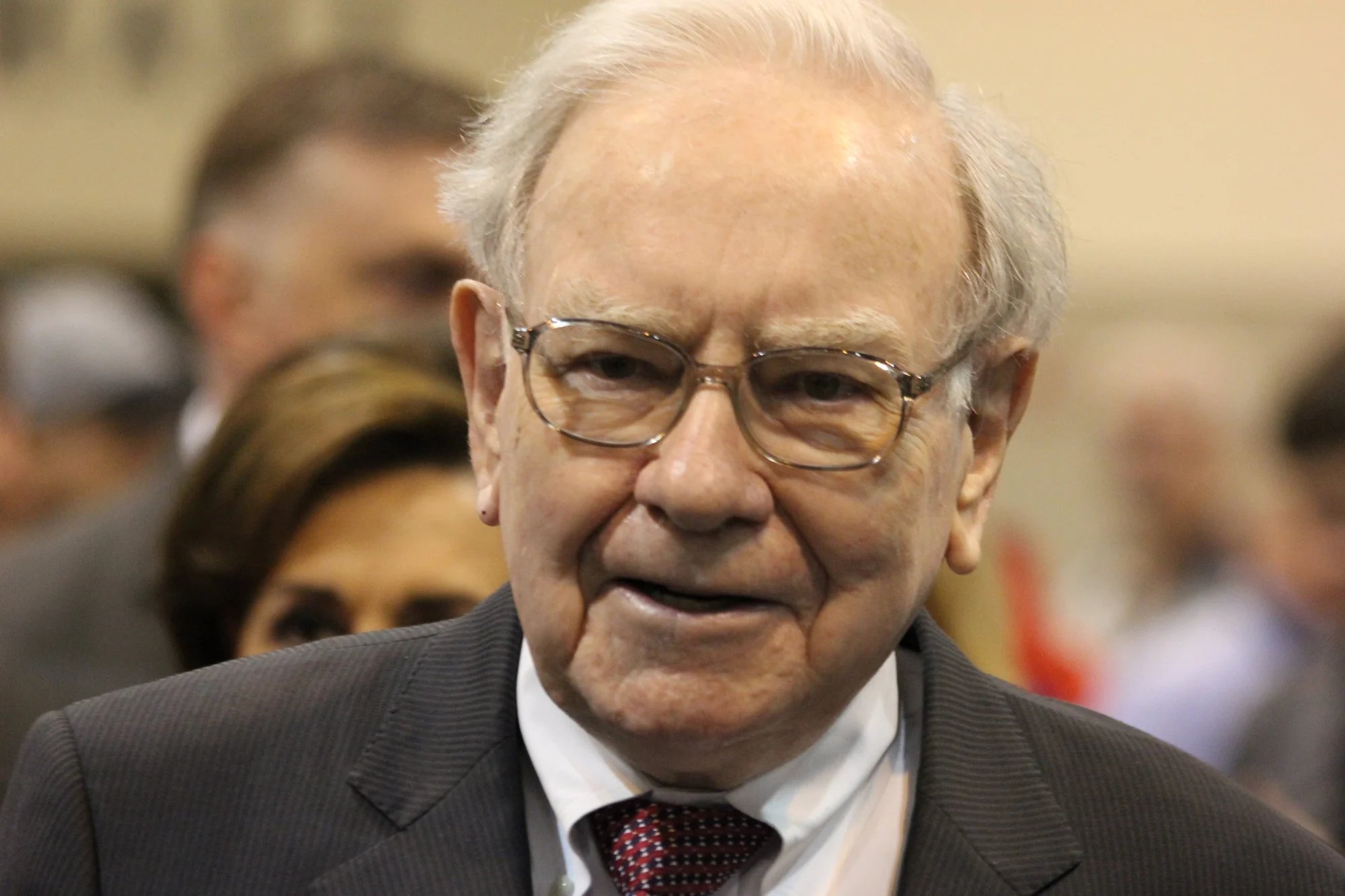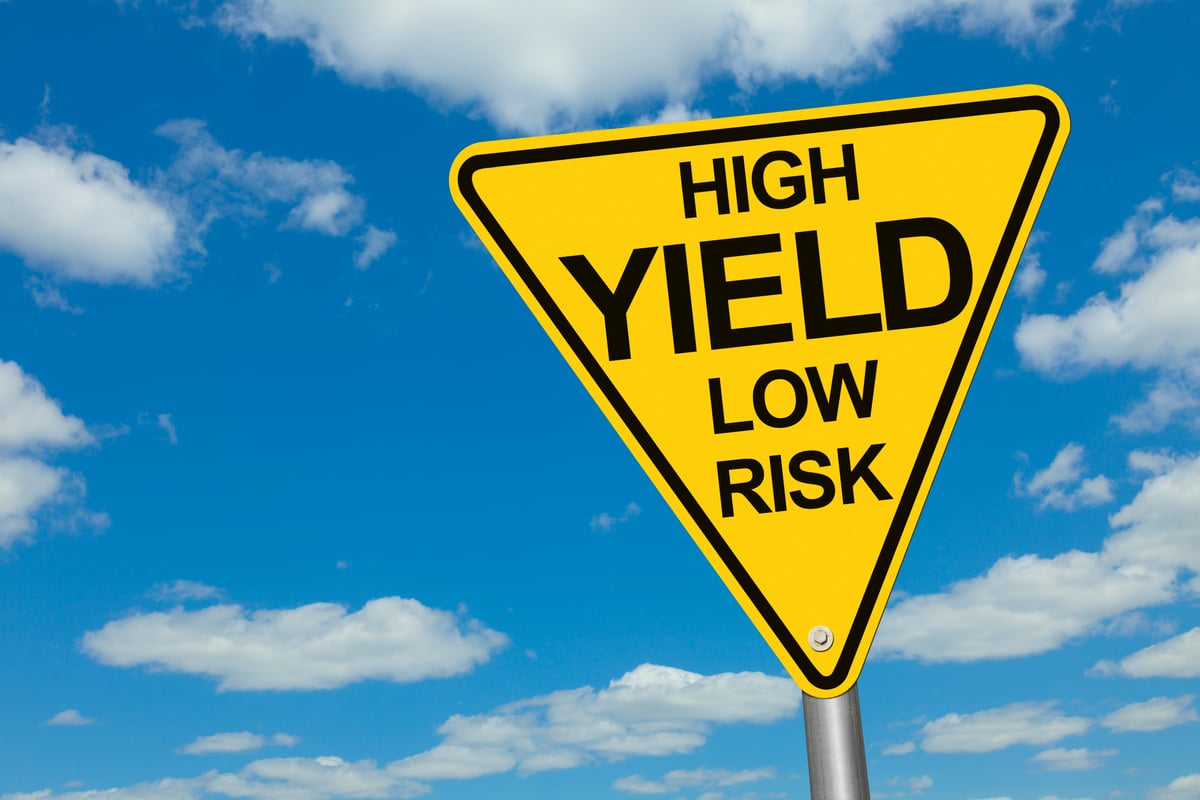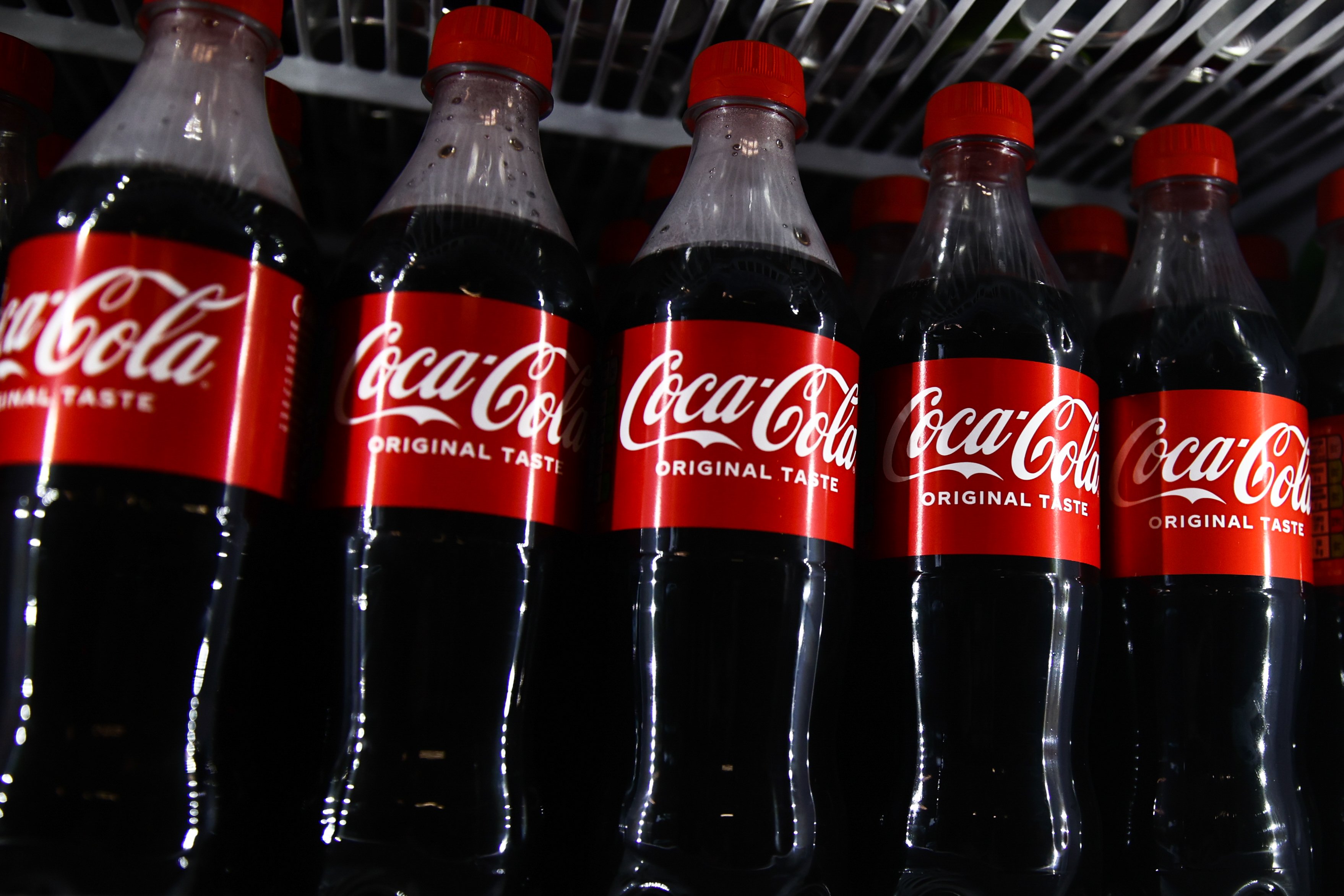Stocks are near all-time highs, which has made big yields tougher for income investors to find. However, there are still many companies that deliver much higher dividends than the market's 2% average. Investors don't have to give up solid fundamentals and a positive growth outlook to own these stocks, either.
In fact, Coca-Cola (NYSE: KO), Target (NYSE: TGT), and Procter & Gamble (NYSE: PG) are each paying more than 3%, and between them have over 150 years of consecutive payout hikes. Below, I'll highlight a few good reasons to buy each dividend giant now.
Dividend comparison:
| Metric |
Coca-Cola |
Target |
P&G |
|---|---|---|---|
|
Dividend yield |
3.1% |
3.3% |
3.3% |
|
Payout ratio |
81% |
42% |
86% |
|
Last raise |
6% |
8% |
1% |
|
Consecutive annual raises |
54 |
44 |
60 |
Source: Company financial filings and S&P Global Market Intelligence.
1. Target
Target's yield just hit a record high for the retailer, thanks mainly to a 15% decline in the stock price over the last year. Wall Street reacted harshly to a first-quarter report that revealed slowing customer traffic growth after five straight quarters of good growth. Target's online business also disappointed, with its contribution to comparable-store sales growth falling to 0.6% from 1.3% in the prior quarter.

Image source: Target.
These issues look like more of an industrywide problem than poor execution on Target's part, though. In fact, the retailer is making progress on strategic initiatives like boosting high-margin categories and improving its grocery offerings. That's one reason why profitability ticked up to 36% of sales in Q1. CEO Brian Cornell said the recent slowdown was powered by a "challenging short-term consumer landscape," and investors who agree have a chance to buy one of the nation's biggest retailers at an unusually cheap valuation (13 times next year's profit) and an unusually high dividend yield (3.3%).
2. Procter & Gamble
To buy Procter & Gamble shares right now, you have to believe that its business -- and its dividend -- will improve over the next few years. After all, sales growth has been stubbornly low, profits are down, and P&G just delivered its weakest annual payout raise yet.
Yet there are good reasons for optimism on each of those fronts. The consumer goods giant is nearly done transforming its portfolio to focus on just 65 blockbuster brands across 10 product categories. If things go according to plan, the resulting uptick in profitability and sales growth is set to meet sharply lower costs, producing a huge earnings improvement over the coming decade. Core profit margin is already climbing, but the key ingredient of strong organic growth hasn't shown up yet.
Meanwhile, the silver lining in this year's tiny dividend raise is that P&G's payout ratio is coming down to a more manageable level. Investors don't have to count on a quick sales rebound to power growth, either: The company's efficient business model promises to deliver increasing cash returns over the next few years.
3. Coca-Cola
Coca-Cola is the company behind 2 billion beverage servings sold around the world every day. Yet three straight years of sluggish volume growth in its sparkling-soda offerings has this icon's stock trailing the broader market.

Management's response so far has involved bulking up its still-beverage portfolio (teas, juices, and sports drinks), but gains in that side of the business haven't been enough to make up for even slight declines in powerhouse brands like Diet Coke.
Like Procter & Gamble, Coke is aiming to transform its business into a leaner, more profitable enterprise. It's in the middle of a bottler refranchising initiative that executives believe will not only raise cash but also push profit margins and sales growth higher. While they wait for that outcome to pan out, income investors can collect a market-thumping yield while owning a piece of one of the most valuable brands on earth.








